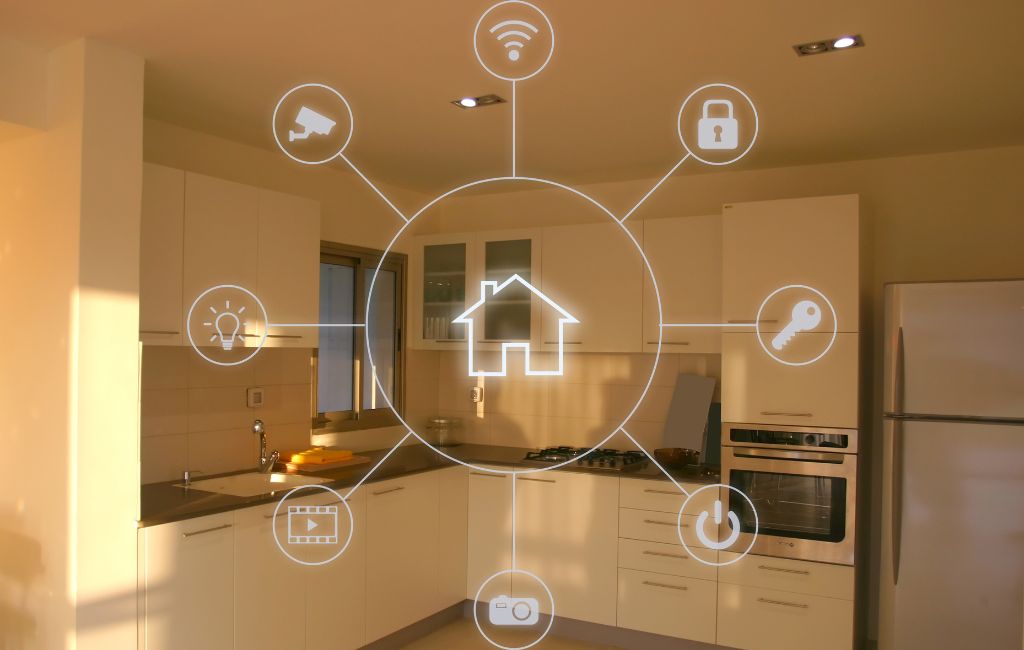In the rapidly evolving world of kitchen appliances, the debate between smart ovens vs traditional ovens is hotter than ever. Homeowners and businesses alike are faced with a crucial decision: Should they embrace the innovative features of smart ovens or stick to the reliable performance of traditional ovens? Understanding the differences, benefits, and potential drawbacks of each can help you make an informed choice.

The Rise of Smart Ovens
Smart ovens are the latest trend in the culinary world, offering advanced technology that promises to revolutionize the way we cook. These ovens are equipped with Wi-Fi connectivity, allowing you to control and monitor your cooking remotely through a smartphone app. Imagine preheating your oven on your way home from work or checking the cooking progress from the comfort of your couch.
Besides convenience, smart ovens boast features like automated cooking programs, voice control compatibility with virtual assistants, and even recipe suggestions based on the ingredients you have on hand. With these capabilities, smart ovens are designed to make cooking easier and more efficient.
Traditional Ovens: The Tried and Tested
On the other hand, traditional ovens have been a staple in kitchens for decades, providing consistent performance and reliability. These ovens are available in various types, including conventional, convection, and gas ovens. While they may not have the bells and whistles of smart ovens, they are known for their durability and ability to cook a wide range of dishes to perfection.
Traditional ovens are often favored by those who appreciate the tactile experience of cooking and prefer manual control over their appliances. They are typically more affordable than smart ovens, making them accessible to a broader audience.
Smart Ovens vs Traditional Ovens: A Closer Look
When comparing smart ovens vs traditional ovens, several factors come into play:
1. Convenience and Control
Smart ovens offer unparalleled convenience with their remote control capabilities. However, this convenience comes with a learning curve, as users must familiarize themselves with the accompanying app and features. Traditional ovens, meanwhile, provide straightforward, manual controls that many users find intuitive.
2. Cost Considerations
In terms of cost, smart ovens typically carry a higher price tag due to their advanced technology. However, they can potentially save money in the long run by optimizing cooking efficiency and reducing energy consumption. Traditional ovens are generally more budget-friendly upfront, but their energy efficiency varies depending on the model.
3. Maintenance and Repairs
Smart ovens, with their complex technology, may require more frequent maintenance and updates. Any technical issues might necessitate professional repairs, which can be costly. Traditional ovens, while not immune to breakdowns, often have more straightforward repair processes and parts availability.
Which One is Right for You?
The choice between smart ovens and traditional ovens ultimately depends on your lifestyle, cooking habits, and budget. If you value cutting-edge technology and enjoy experimenting with new cooking methods, a smart oven might be the perfect fit. On the other hand, if you prefer simplicity and tried-and-true performance, a traditional oven could be the ideal choice.
To further explore how smart technology is transforming homes, check out our article on smart bathroom gadgets or learn about the benefits of a smart air fryer.

FAQs
1. Are smart ovens energy efficient?
Yes, many smart ovens are designed to be energy efficient by optimizing cooking times and temperatures. However, the level of efficiency can vary between models.
2. Can smart ovens work without Wi-Fi?
While smart ovens are designed to take advantage of Wi-Fi connectivity, most can still function without it. However, you'll miss out on remote control and some advanced features.
3. Do traditional ovens support convection cooking?
Yes, many traditional ovens come with a convection cooking option, which uses a fan to circulate hot air for more even cooking results.
For further assistance in setting up smart home devices, consider visiting this guide on smart home setups.

